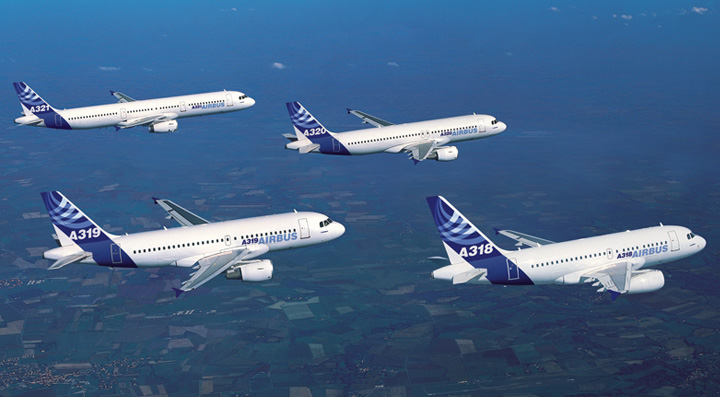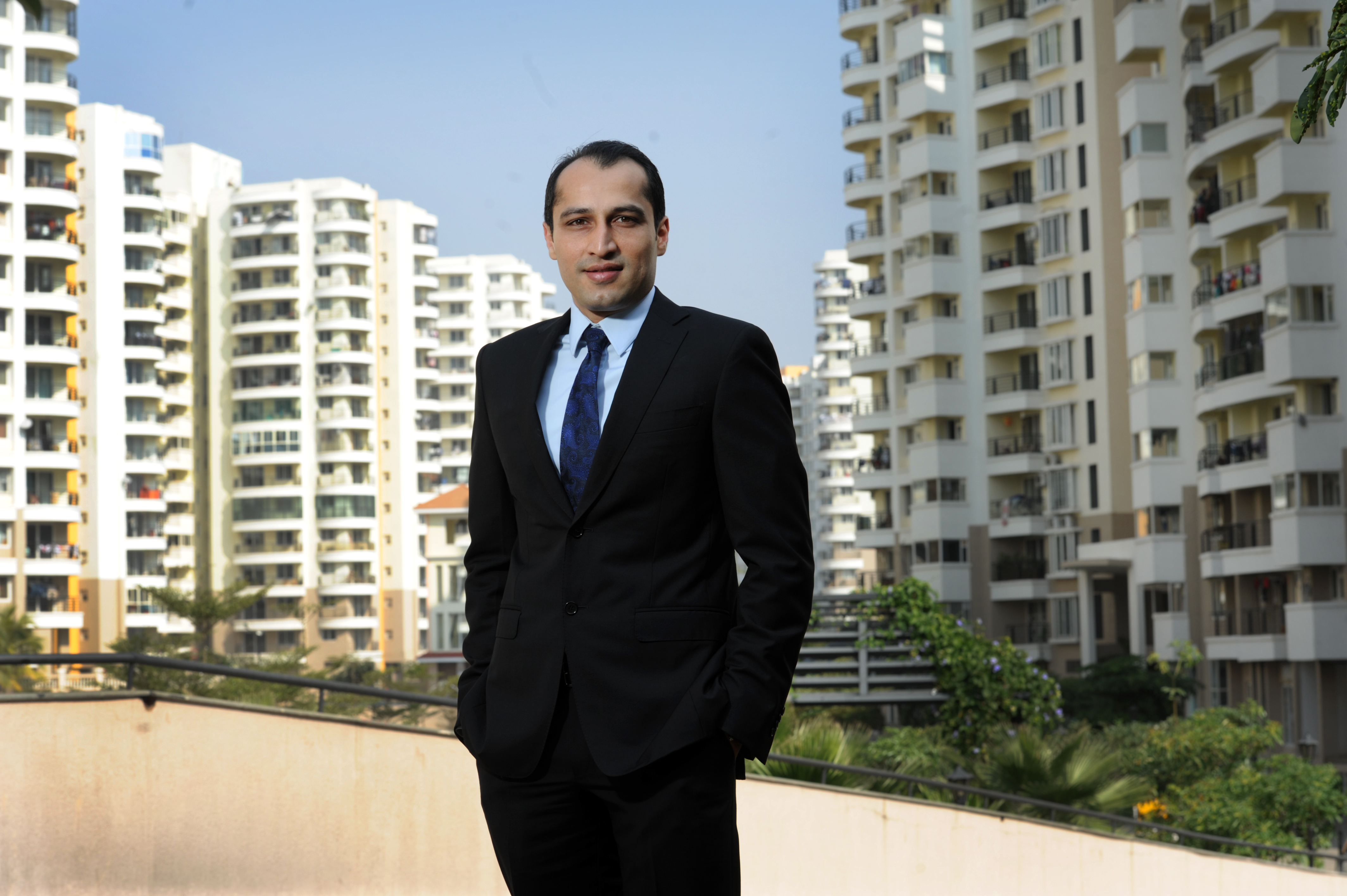Track2Realty Exclusive
 An airport has been catalyst to the development and urbanisation of any given city. More often than not, it proves to be the catalyst to the growth of the real estate market of the given city. After all, the housing market is heavily dependent on the commercial activity in the city and for the big ticket commercial activities to take place what the multinational companies and the big corporate houses need the most is an international airport.
An airport has been catalyst to the development and urbanisation of any given city. More often than not, it proves to be the catalyst to the growth of the real estate market of the given city. After all, the housing market is heavily dependent on the commercial activity in the city and for the big ticket commercial activities to take place what the multinational companies and the big corporate houses need the most is an international airport.
Pune that has emerged as a strong contender for next financial nerve centre of India, if not the capital, hence aspires to join the big league with an international airport.
It is believed that the urban dynamics and its real estate market will take a giant leap once the proposed international airport is operational in the city. The new Pune International Airport is a Greenfield project that was proposed to be developed near Rajgurnagar, 40 kms north of Pune. This Rs. 10 billion project has been conceptualized as the gateway of Pune and western Maharashtra to the rest of the world.
The project could not take off in stipulated time due to land acquisition issues and the urban planners call it a development dampener. They maintain that Pune is losing its cutting edge due to the absence of an international airport. It could have added to the already vibrant economy of the city.
Rahul Vaidya, Associate Director – Strategic Consulting, JLL India points out that the new airport is closer to established industrial hubs of Talegaon, Chakan and Pimpri-Chinchwad. The new international airport would help channelize growth in this direction, which has so far remained an industrial belt supported by budget housing projects focused predominantly on blue-collar workforce.
“This direction would now see larger-sized and higher-positioned projects. The development of the airport would also be accompanied by connecting road networks, so there would not be any adverse impact on the current realty hotspots of the city,” says Vaidya.
Manju Yagnik, Vice Chairperson, Nahar Group agrees that the city of Pune is in urgent need of an international airport. A fully functional international airport will connect the city globally and to a great extent relieve the strain put on Mumbai in terms of passenger and cargo traffic handled. This will give a big boost to both the realty and infrastructure sector; thus creating huge demand for residential & commercial property. This will also spur development of infra projects due to additional load of passengers and goods coming into the city.
“An international airport increases commerce and trade and invariably results in a great demand for property in the commercial, residential, retail and hospitality space. It also facilitates easy access for travellers into the city from across the world. This creates job opportunities for the local people resulting in greater demand for housing and commercial property. Therefore, an international airport will definitely change the real estate dynamics of Pune in a major way which is most welcomed by all sections of industry,” says Yagnik.
Arvind Jain, Managing Director, Pride Group says the effect of the new international airport will be two-fold. In the first place, it will increase Pune’s viability as a business destination, and thereby boost interest by more and more domestic and international companies to open up shop here, or to expand their existing operations. This will have a multiplier effect on the demand for residential real estate as well. Secondly, the city’s overall demand profile for real estate will change as demand will be driven towards areas surrounding the new airport site.
“Airports are massive infrastructure undertakings that generate residential demand from people employed there, as well as the various adjunct services associated with them,” says Jain.
This raises a fundamental question as to whether with the new international airport getting operational in future can Pune overtake Mumbai as the new financial centre.
The opinion is divided across the spectrum of financial domain but most of the real estate analysts believe the IT/ITeS sector would remain the fulcrum of the city’s growth, given the attractive rents and other the advantages of resource pool availability, lower cost of living and a better quality of life when compared to Mumbai. The BFIS segment in Pune is currently a limited component, and will continue to grow in terms of percentage share contribution in the city.
However, it is unlikely to challenge Mumbai, given the scale Mumbai has already achieved and the inherent advantages which it enjoys, including domestic and international connectivity and the fact that top corporates and MNCs have their established headquarters there.
Kishor Pate, CMD, Amit Enterprises Housing Ltd says it is doubtful that Pune will replace Mumbai, now and in the future. Mumbai is the financial capital of the country, and has been developing as such for several decades. However, Pune will become the new nerve centre for ITeS, the other services sectors and manufacturing.
“Mumbai has not been able to harness these sectors adequately because of its land constraints and the high cost of real estate. The coming of the international airport in Pune will hasten the process of the city’s emergence as Maharashtra’s leading destination for these verticals,” says Pate.
Urban planners in this part of the world also admit that Mumbai has and will always remain the financial capital of the country with the kind of infrastructure and commercial activities it holds. Also Mumbai is a major port which is very crucial for trade and commercial activities. Though there is immense potential for Pune to develop as a financial centre, it cannot compete with Mumbai even though it may get an international airport.
However, there is no denying that Mumbai has developed and gone way beyond most cities in terms of development. The saturation point is therefore an inevitable reality of Mumbai while Pune still has enough scope for developing as a vibrant urban metropolis.
Moreover, Pune can also take location advantage of it connectivity by Expressway and being at a roadways travelling distance to Mumbai and therefore develop to its full potential, riding on the advantages of Mumbai’s progress.





